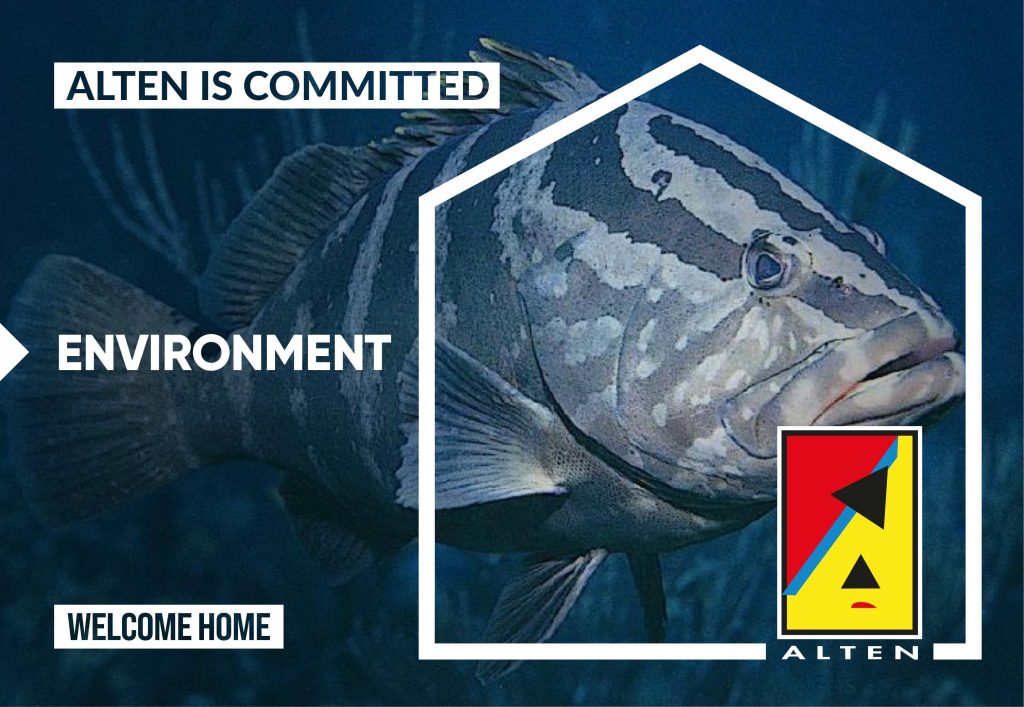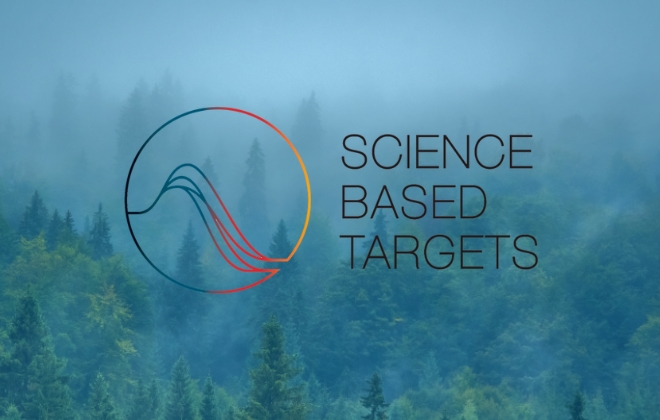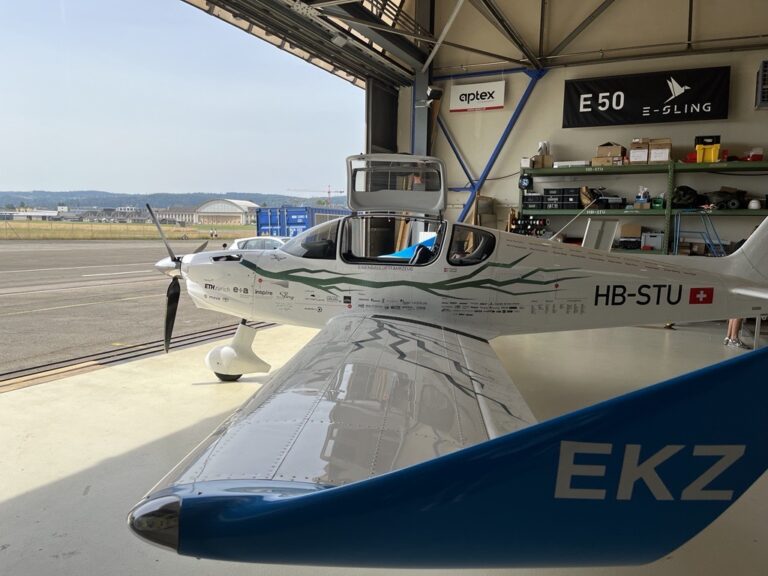ALTEN Switzerland is supporting Robin Quiblier, Specialist, engineer specialist in the in pharmaceutical processes. Robin is currently in Belize participating in an Eco volunteering project with an international association which goal is the conservation and protection of the coral reef. We will follow his progress during the month of February.
For his last week of the eco volunteering project, Robin traveled to the island of Hunting Caye in Sapodilla Cayes Marine Reserve. His main activity of the week was to document the population of Nassau groupers.
NASSAU GROUPER
The Nassau grouper is a reef fish known as a late-maturing, top-level predator that lives in southern coastal Florida, the Florida Keys, Bermuda, the Yucatan and the Caribbean Sea. This fish can live up to 29 years.
Nassau grouper used to be one of the most common species of grouper in the area. The behavior of forming dense spawning aggregations, where all the individuals from several square miles meet in one place, during the same few days every year, makes them an easy target for fishers. Indeed, the Nassau grouper’s presence is quite predictable.
Harvesting a species during its reproductive period increases adult mortality and diminishes the rate at which juveniles enter the fishery as adult. Both factors can greatly increase the risk of extinction for this species. Furthermore, once a spawning aggregation has been fished to zero, scientists fear that they may not ever recover. Unfortunately, several documented aggregations throughout the Nassau grouper’s range no longer form. While considered endangered, Nassau groupers are still fished in many places around the Caribbean.
Nassau grouper represent an important part of the reef food web: the greater the number of large predators on a coral reef, the healthier it is. Moreover, a coral reef with a lot of large predators such as groupers or sharks are home to more fish, both in terms of variety and number.
Today, Nassau grouper is considered to be critically endangered by scientists, having declined by more than 80 percent since 1980. This has a direct impact on the rest of the marine fauna.
ROBIN’S WORK
The main activity of this week was to document the population of Nassau Groupers in Hunting Caye in Sapodilla Cayes Marine Reserve.
In Belize, thirteen of Nassau grouper aggregation sites are fully protected, and fishing for the species is closed for four months. Furthermore, only fish between 20 and 30 inches in size are legal for harvesting. Those regulations allow Belize’s Nassau grouper to remain sustainable. However, over the years, the population has been in decline due to overfishing and illegal fishing during the close season.
Robin and his teammates have been monitoring spawning aggregation sites after the full moon. They were about 250-300 groupers this time. In 1970 at the same spots, over 10’000 individuals could be found.
During my project, I learned a lot about possible actions that can be taken to protect the coral reef and marine wildlife: when swimming, do not use sunscreen with oxybenzone (for coral the best is mineral filter sunscreen) use reusable material and take your garbage with you: everything on the beach, river or lake end up in the sea during diving or snorkeling, do not touch fish or coral eat fish from sustainable fishing practices reduce your use of plastic as much as possible














